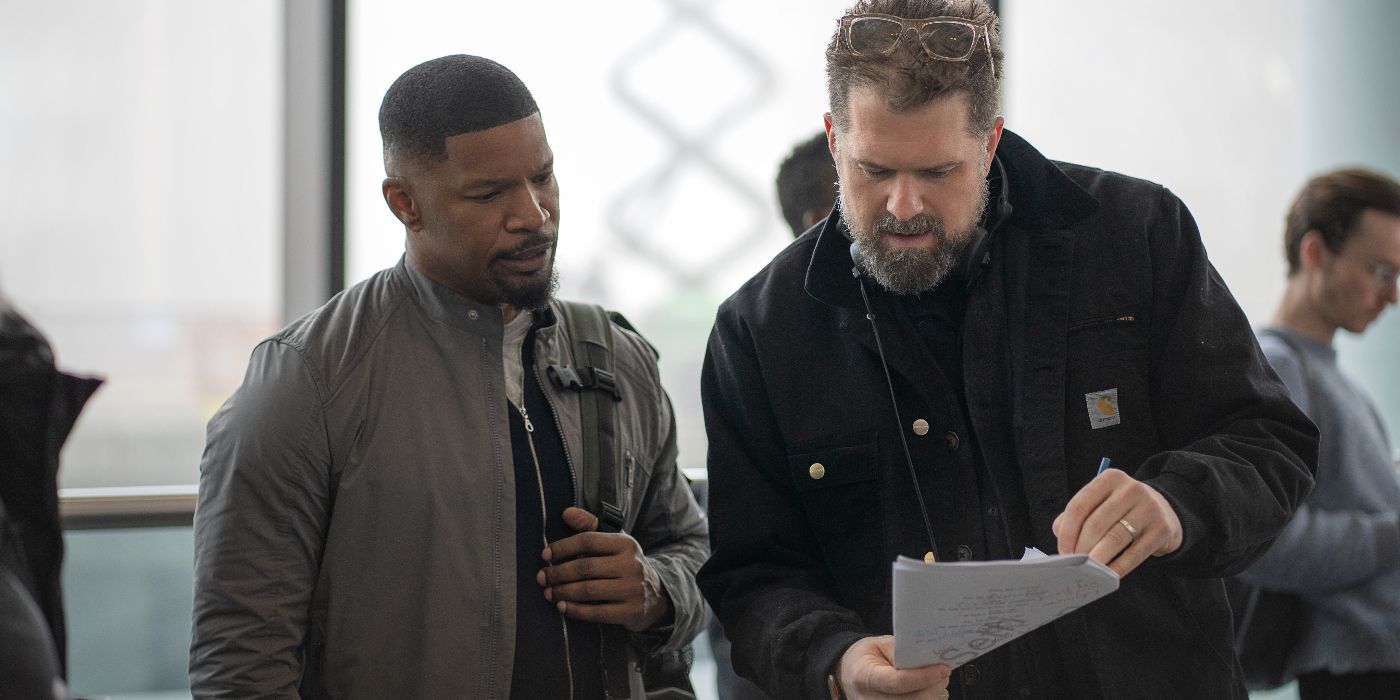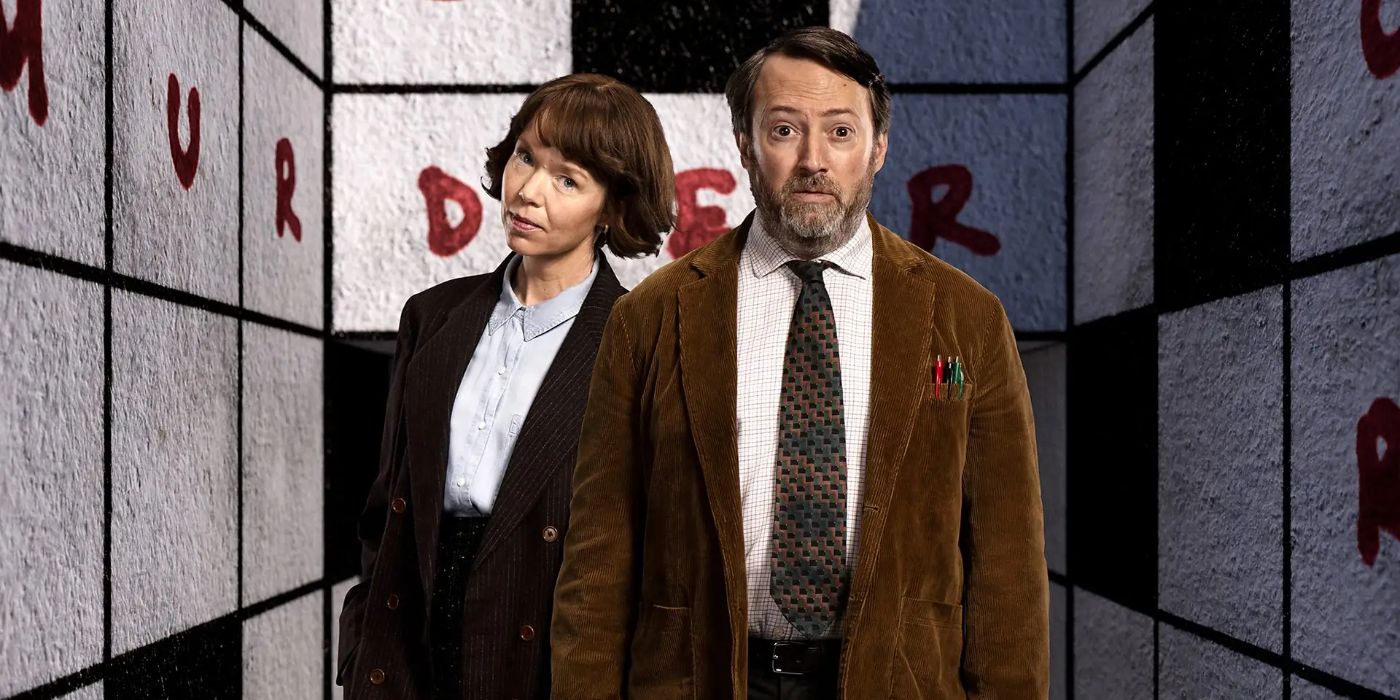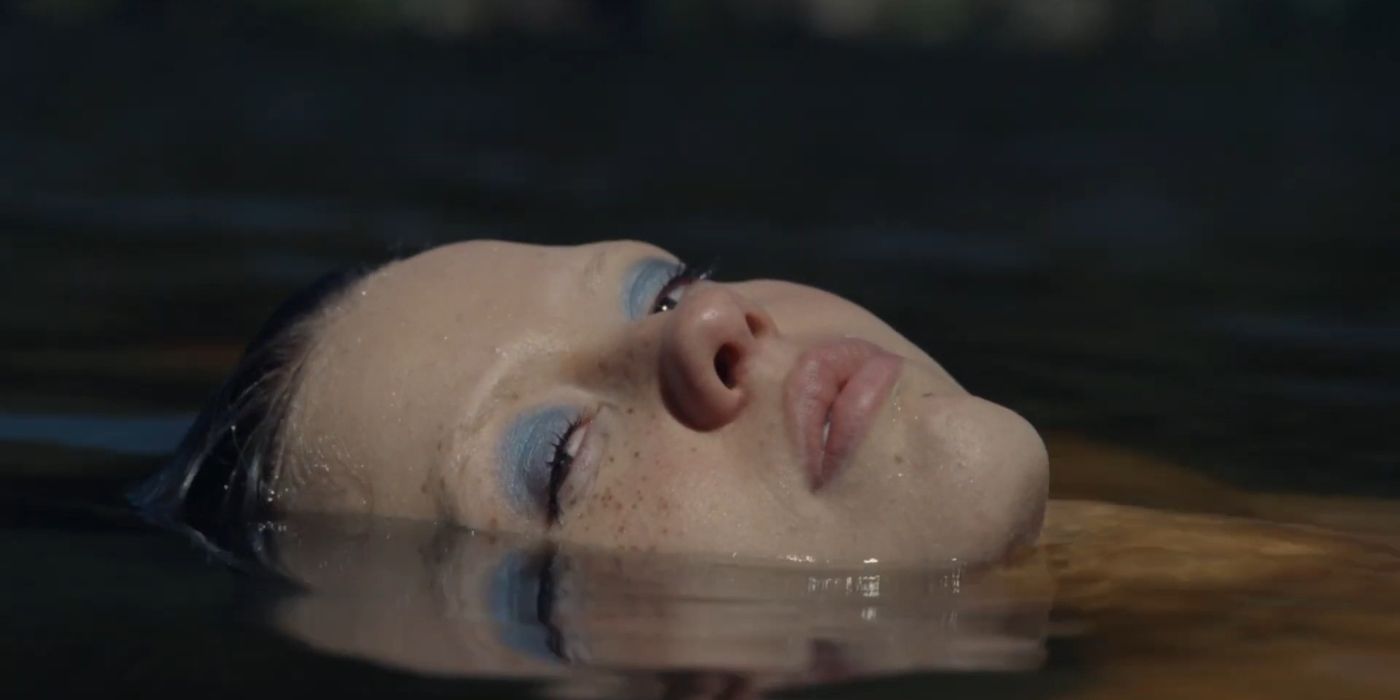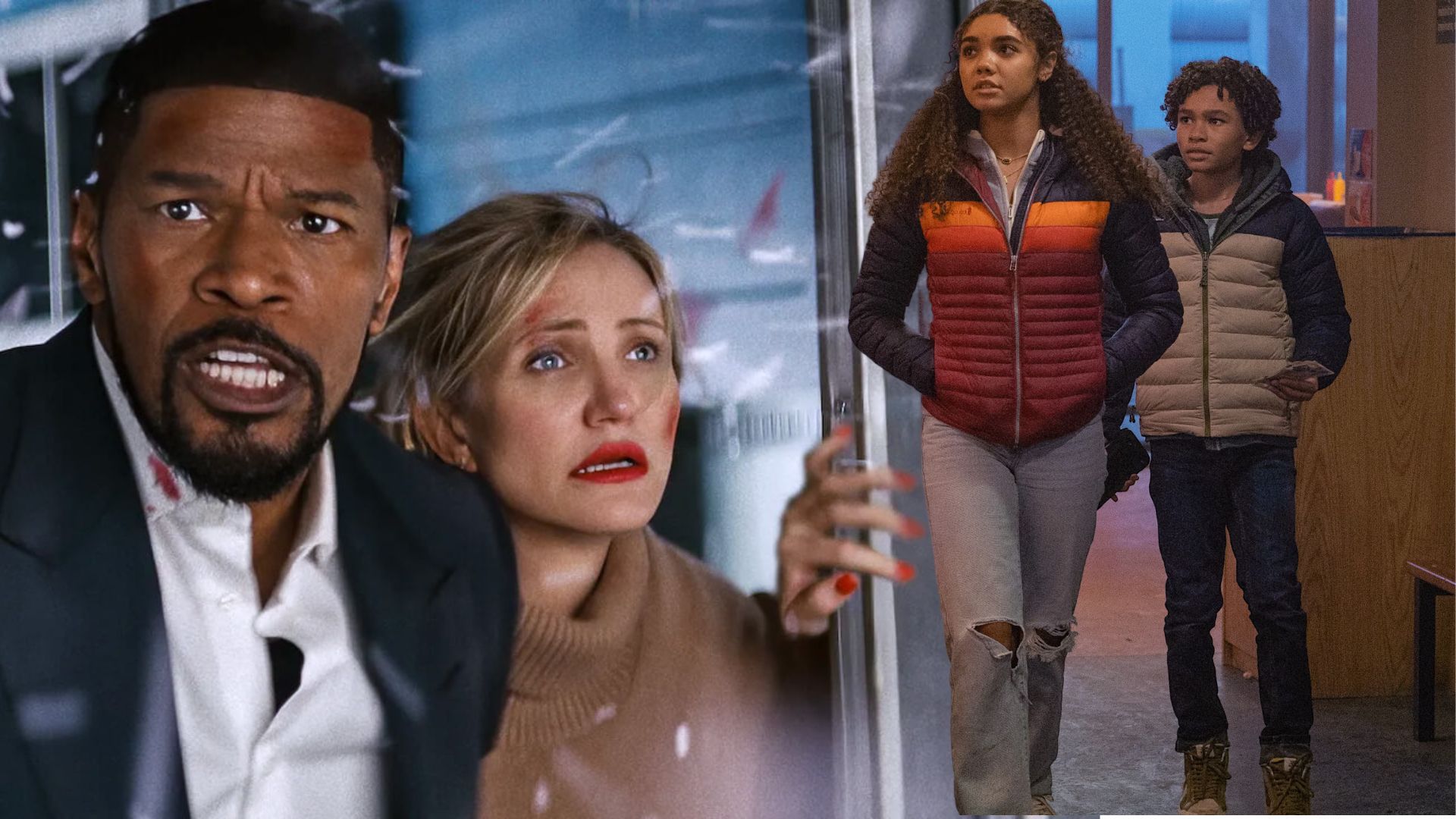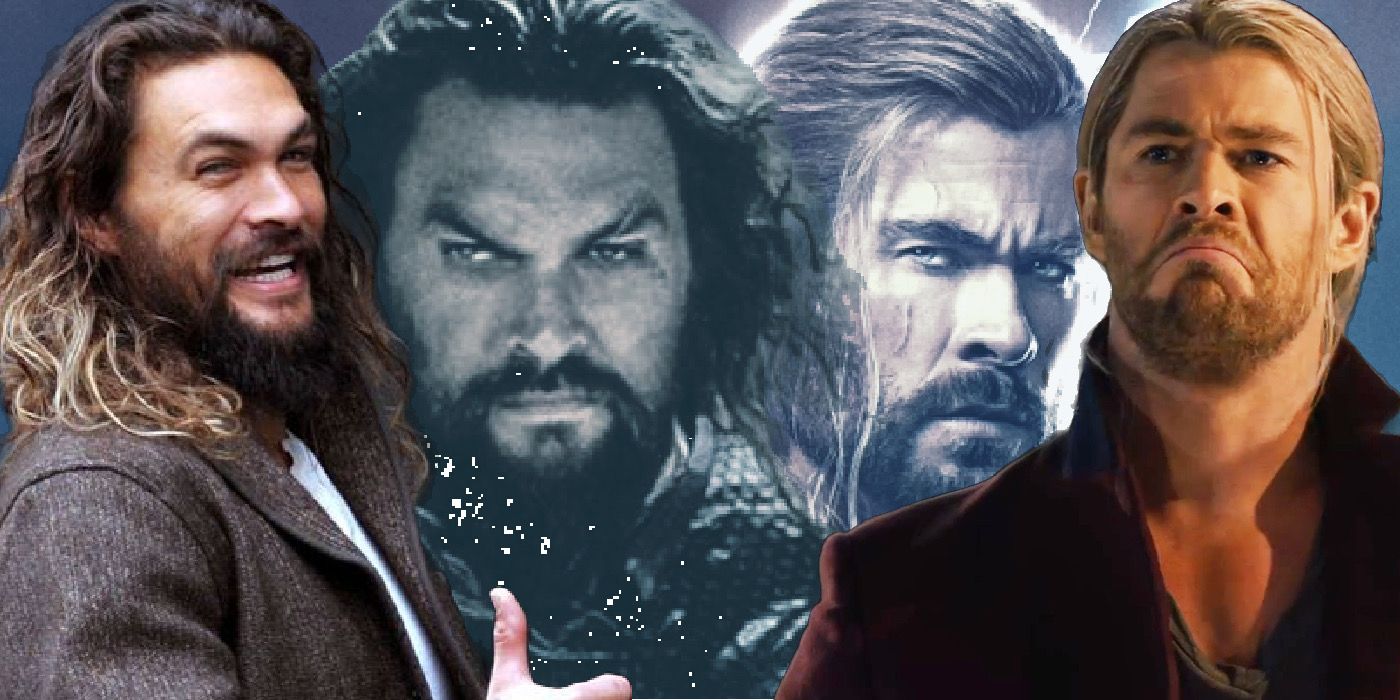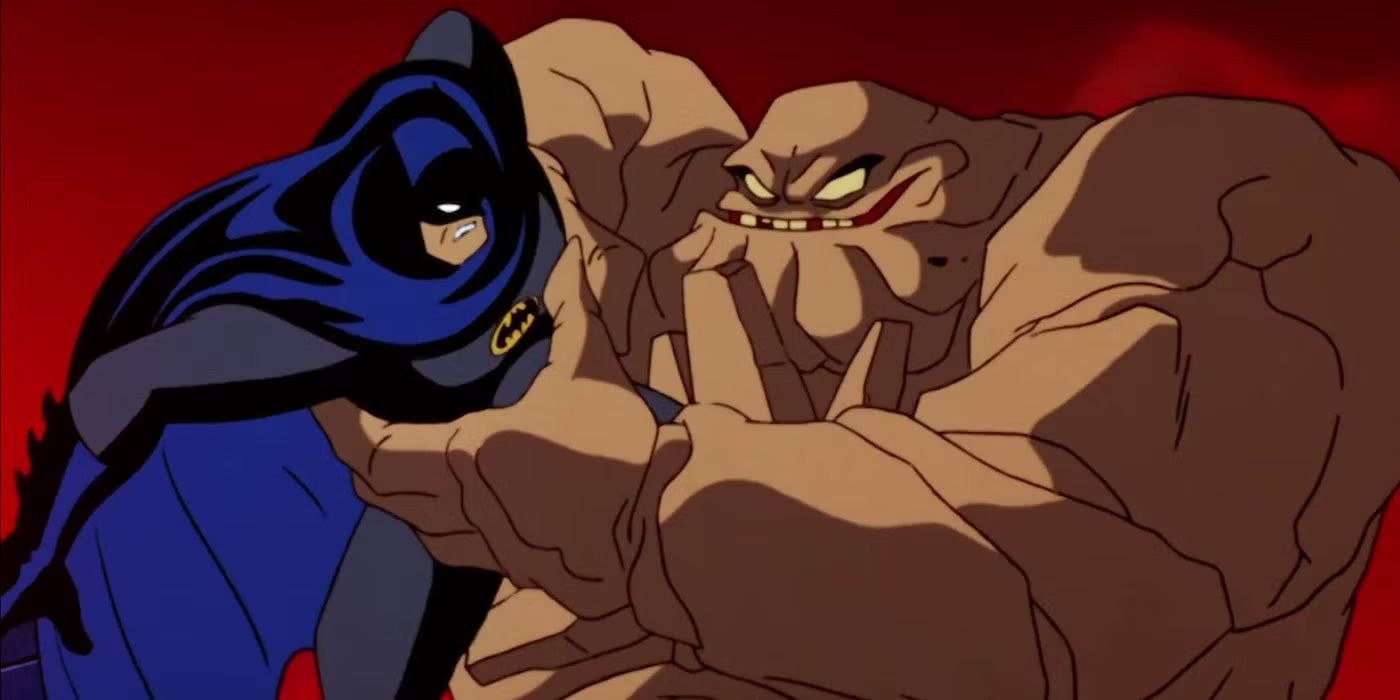To us “Drive My Car” partisans, the film’s superiority to the other Hamaguchi film has a lot to do with the fact that it provides a full account of a single, complex story. “Wheel of Fortune and Fantasy,” in contrast, tells three stories, each about 40 minutes long. All have rich, complex parts for female actors, which may be the source of their appeal for some. The first concerns a young woman who realizes that a friend is falling for a guy who’s her ex; the second tells of a student trying to take revenge on his professor; the third observes two women who think they know each other, in what may be a double case of mistaken identity.
Hamaguchi has said these stories concern “coincidence and imagination.” The more familiar I become with his work, the more fascinated I am with both the exacting, un-showy stylistic control and philosophical resonances of “Wheel of Fortune and Fantasy.” Yet portmanteau films have an Achilles heel in that some segments can seem better than others. Outside the Walter Reade, I heard one young critic opine that the middle story in “Wheel” is weaker than the other two. Will other critics and audiences agree? The conversation around the two Hamaguchi films will surely be one of the arthouse circuit’s most engaging topics as the year goes on. (“Wheel of Fortune and Fantasy” opens in theaters next Friday; “Drive My Car” arrives later in the year.)
Coming out of the press conference for Apichatpong Weerasethakul’s “Memoria,” the first question I had was: why was the event so crowded? Indeed, the Walter Reade was nearly full, a turnout that far exceeded those for other films. One reason surely was that the press conference (the NYFF had few this year, thanks partly to Covid-19) offered critics the chance to hear Weerasethakul and his star, Tilda Swinton, converse about a film that has an unusual history.
I had my own little angle on the that history. A few years back when I served on a FIPRESCI jury at the Cartagena Film Festival, Weerasethakul was being honored there and word got around that he was so taken with Colombia that he wanted to make a film there. In talking with people who’d discussed this possibility with him, I got the distinct impression that the idea wasn’t just a polite gesture directed toward his hosts; he really did want to make a film there.
You can view the original article HERE.


